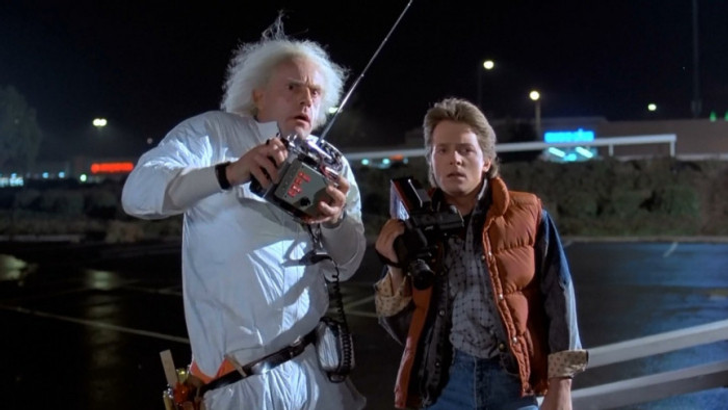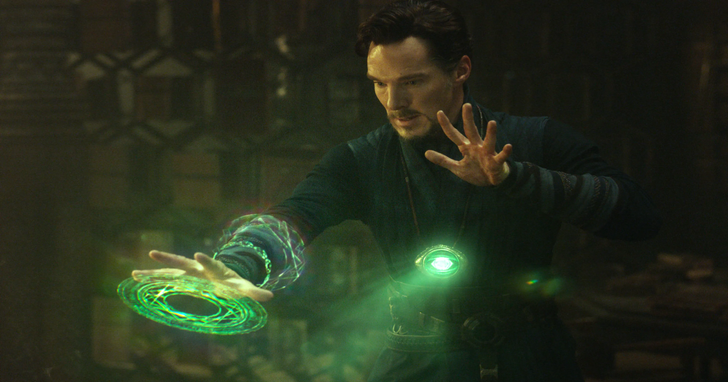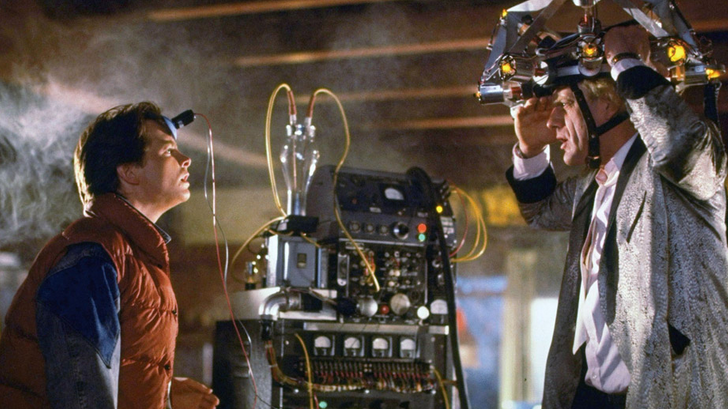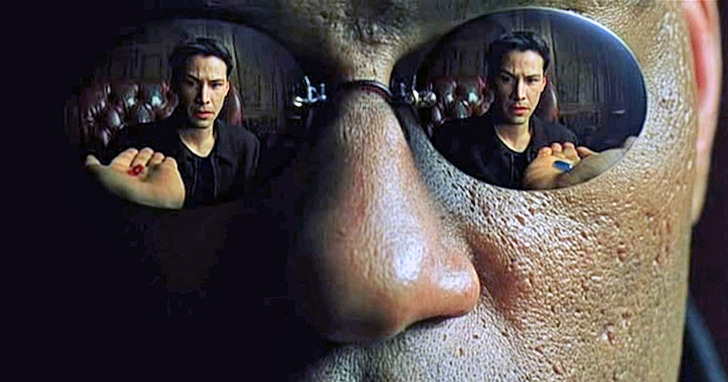Scientists Finally Simulated Time Manipulation With a 25% Chance of Changing the Past
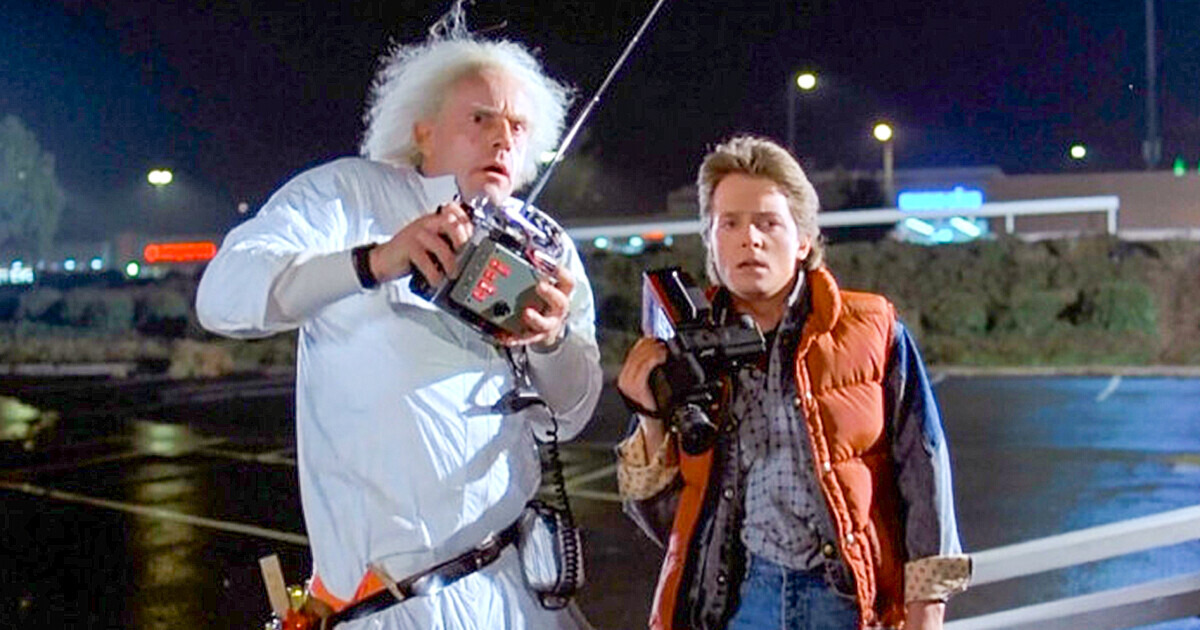
Have you ever experienced those moments where time seems to sprint by in some instances and crawl at a snail’s pace in others? Whether it’s the joy of spending time with a cherished friend or the tedium of being stuck in sweltering traffic, time can play tricks on our perception. Yet, despite these fluctuations, time itself is often believed to be constant, ticking away at the same steady rate, or so we thought.
Einstein believed that time is relative.
In theory, Albert Einstein proposed that as we approach the speed of light, time would seem to slow down from the viewpoint of a stationary observer, an idea he termed time dilation. While this concept might seem plausible, the practical challenge lies in validating it.
One possible approach to confirm this theory would involve traveling in a rocket at speeds close to that of light. However, the current understanding of physics suggests that such an endeavor is not feasible. Nonetheless, recent developments indicate that this might be within the realm of possibility.
The method of simulating time manipulation has been found recently.
In a recent breakthrough, scientists have successfully replicated a method of backward time travel within the quantum realm. It looks like the future is coming.
The Cambridge University team emphasizes that their accomplishment doesn’t equate to constructing a conventional time machine. Their approach doesn’t violate the fundamental laws of physics. By manipulating events that have already transpired, they have delved into the intriguing domain of altering the past.
Lead author David Arvidsson-Shukur presents an engaging analogy, comparing the process of altering past events to the task of sending a gift without knowing the recipient’s preferences beforehand. With the simulation utilizing quantum entanglement manipulation, the researchers demonstrate the possibility of retroactively modifying previous actions to ensure a desired outcome, mirroring the flexibility within the quantum realm.
“Now imagine you can change what you send on day one with the information from the wish list received on day two.”
They can manipulate the behavior, so the future can change.
Imagine two particles that are deeply connected, almost like they are best friends who always do the same things. What the scientists did was they pretended to be these particles using a computer, making one particle act a certain way. Then, they noticed that the other particle started acting differently too, as if it was influenced by what they did to the first one.
It’s like if you and your friend always liked the same things, and when you decide to change something, your friend automatically changes too, just because you did. So the scientists showed that they can make the second particle change its behavior, which in turn affects what the first particle did in the past. It’s kind of like rewinding time for these particles!
Time simulations can allow you to create a better tomorrow.
Despite the groundbreaking implications of their simulations, the researchers acknowledge a significant limitation. The experiment’s success rate in altering the past remains at 25%, leaving room for further exploration and refinement.
The scientists say that the world would be very strange if their time-travel simulation worked every time. Basically all the knowledge about the Universe could be wrong in this case. Such time simulations don’t allow you to go back to your past, but they can allow you to create a better tomorrow.
Science continually astounds us with its groundbreaking inventions and discoveries, reshaping our understanding of the world around us. From revolutionary technologies that have transformed the way we communicate and travel to cutting-edge medical advancements that have extended and improved our quality of life, the marvels of scientific progress never fail to captivate and inspire.
Comments
Related Reads
14 Times Employees Handled Toxic Jobs Like Absolute Pros

I Share My Husband With His Ex-Family—I’m Done

I Refused to Babysit My DIL’s Sick Son—I’m Not His Real Grandma

12 Stories That Show Kindness Is Quiet but Unbreakable
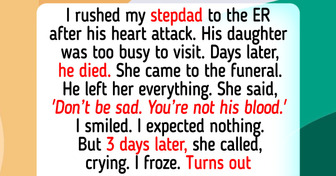
18 Times Quiet Kindness Turned Total Strangers Into Angels

I Was Shamed for Being a Single Mom — but My Little Girl, 6, Had the Last Word

I Refused to Give Up My Dream Home for My Sick Grandson

11 Stories That Remind Us Kindness Matters Most When Life Feels Heavy

My MIL Insulted Me in Public—I Taught Her a Lesson

20+ Kids Who Can Turn Any Day Into a Comedy Show

I Refuse to Go to Work on My Days Off, Even If It’s an Emergency
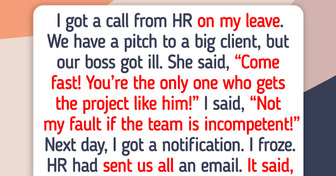
I Refuse to Sleep Under the Same Roof as My Stepson — My Daughter’s Safety Comes First

